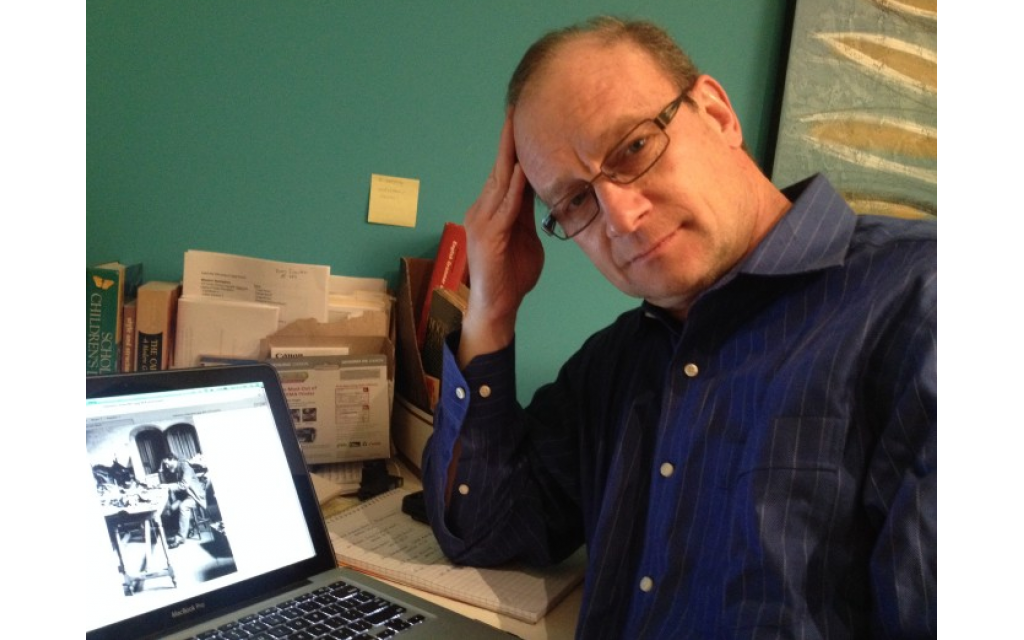Counting Atlanta’s Jews … and More
Were you here 20 years ago?
When the Jewish Federation of Greater Atlanta conducted a community survey in 1996, the Jewish population was an estimated 76,800.
What about 10 years ago?
Get The AJT Newsletter by email and never miss our top stories Free Sign Up
By the 2006 survey, the Jewish community had grown to 119,800, an increase of 56 percent in a decade.
Have you come in the past decade?
Knowing how many Jews live in Atlanta (and where they live) is important, but Federation and scores of other Jewish organizations also want to know what services and programs those Jews need and want.
Where previous community surveys were done by telephone, the 2016 edition launched at IamJewishAtl.com on Monday, June 6, and will be available online through the end of the month.
The message from Rene Kutner, Federation’s vice president of marketing: “If you are age 15 and older, you are Jewish or live in a Jewish household, we want to hear from you.” Answering the questions in full takes about 20 minutes.
While demographic data will help create a “who are we” profile of the Jewish community, “we’re asking a lot more whys and not just the what,” Kutner said. “It’s a lot more comprehensive. … There was a conscious decision made that knowing how many Jews live in Atlanta isn’t really pertinent if you don’t know what to do with them, if you can’t provide the right services for them, if you don’t know where they are, what they’re looking for.”
If you have any relationship, no matter now slim, with a congregation, agency, organization or school serving the Jewish community, you should have been made aware of the survey. “Affiliated means you feel you have a Jewish community in which you can participate,” not just that you belong to a synagogue, Kutner said.
To create a well-rounded report, at least 2,500 responses are needed.
The Melior Group, the Philadelphia consulting firm contracted to design the survey, has done similar work for other Jewish communities. Once the findings have been reported to Federation, they will be shared with some 100 congregations, agencies, organizations and schools — most, but not all, recipients of funding from Federation.
June may not be the best time to conduct such a survey. School is out, vacations are planned, the pool beckons. Would September or October have been better? Federation hopes that if results are available in the fall, they can aid in communal planning for the months, if not the years, ahead.
For example, what services are needed in areas where the Jewish population has increased markedly in the past decade? What programs are desired by intermarried couples with children?
And what will attract the millennial generation to greater engagement with the existing communal structure while encouraging these young people to create their own avenues of religious and cultural expression?
Getting the answer to this last question right is critical to Federation maintaining its central position in the Jewish community and proving that it can be relevant in the lives of millennials, whose patterns of participation and philanthropy differ from their elders.
These were among the issues I addressed in a March article about challenges facing Federation.
They are among the issues greeting Eric Robbins as he begins work as Federation’s chief executive.
Novel approaches implemented by other Jewish communities to address the millennial question were the subject of a recent posting by the Jewish Federations of North America.
Federation’s target areas, its highest priorities for responses, are not surprising: North Fulton (Roswell/Alpharetta/Johns Creek), East Cobb (Marietta/Kennesaw), intown (ranging from Grant Park to Toco Hills), Sandy Springs/Dunwoody and Buckhead/Brookhaven.
There are geographic limitations. Peachtree City is within the initial ZIP codes to be surveyed, but not Dallas. Cumming is included, but not Dahlonega or Rome.
By the way, Federation is distributing tens of thousands of cards to promote the survey, but don’t bother trying to identify the faces inside the Star of David. They’re just stock photos selected to represent various possible constituencies in the Atlanta Jewish community.





comments